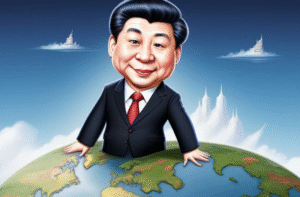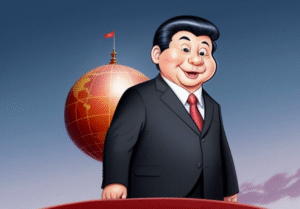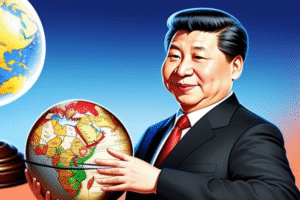$SPX $DJI #TradeWars #Tariffs #BRICS #TrumpPolicies #USPolitics #GlobalTrade #EconomicImpact #FinanceNews #TrumpNews
Will Aligning with BRICS Cost Countries More? Trump Proposes 10% Tariff Hike
In the latest update on trump news, the administration has announced a significant policy shift that could reshape international trade dynamics. Starting next Monday, the U.S. government will begin dispatching letters that provide detailed information on new tariff rates and outline any agreements made with its trading partners. This move comes as a direct response to countries that are aligning their economic policies with those of the BRICS nations—Brazil, Russia, India, China, and South Africa.
Impact on Global Trade
The decision to impose an additional 10% tariff on countries leaning towards BRICS policies signifies a robust approach by the Trump administration to counteract what it perceives as a tilt away from conventional Western economic alliances. The proposed tariffs are expected to affect a wide range of sectors, from agriculture to manufacturing, intensifying the complexities of global trade networks.
Strategic Implications for U.S. Economic Policy
The imposition of new tariffs is not merely a fiscal maneuver but also a strategic directive aimed at reinforcing the U.S.’s stance in global economics. By potentially increasing costs for countries that support or move towards BRICS ideologies, the U.S. is positioning itself as a pivotal player in international trade negotiations.
Reactions from the Global Community
As this policy unfolds, reactions from the global community are likely to vary. Countries deeply integrated with the U.S. economy may find themselves in a delicate position, having to navigate between their established trade relationships with America and any burgeoning alliances with BRICS nations. This could lead to a realignment of global trade partnerships, with long-term implications for international economic policies.
Potential Economic Outcomes
The introduction of new tariffs could lead to several economic outcomes. For businesses in the U.S., this might mean an increase in the cost of goods imported from affected countries, which could be passed on to American consumers. On the other hand, countries facing higher tariffs may seek to strengthen ties within the BRICS coalition, potentially accelerating the shift towards a more multipolar economic world order.
Conclusion
This bold move by the Trump administration serves as a clear message to the international community about the U.S.’s serious stance on maintaining and enhancing its economic interests globally. As countries around the world digest the implications of these new tariffs, the landscape of international trade is set to evolve, possibly ushering in a new era of economic diplomacy. For more detailed analyses on how these policies impact the stock market, visit our dedicated section on global stock markets.
This strategic tariff adjustment by the Trump administration highlights the intricate dance of global trade and economic policy. As we continue to monitor these developments, it becomes increasingly important to understand the broader implications of such economic decisions on both a national and global scale.











Comments are closed.